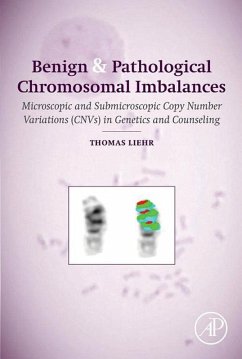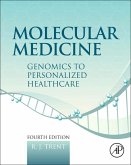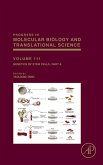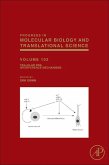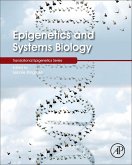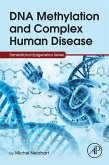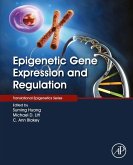As technology-driven approaches like FISH and aCGH have yet to achieve the promise of universal coverage or cost efficacy to sample investigated, deep chromosome analysis and molecular cytogenetics remains relevant for technology translation, study design, and therapeutic assessment.
Knowledge of the rare but recurrent rearrangements unfamiliar to practitioners saves time and money for molecular cytogeneticists and genetics counselors, helping to distinguish benign from harmful CG-CNV. It also supports them in deciding which molecular cytogenetics tools to deploy.
- Shows how to define the inheritance and formation of cytogenetically visible copy number variations using cytogenetic and molecular approaches for genetic diagnostics, patient counseling, and treatment plan development
- Uniquely classifies all known variants by chromosomal origin, saving time and money for researchers in reviewing benign and pathologic variants before costly molecular methods are used to investigate
- Side-by-side comparison of copy number variants with their recently identified submicroscopic form, aiding technology assessment using aCGH and other techniques
Dieser Download kann aus rechtlichen Gründen nur mit Rechnungsadresse in A, B, BG, CY, CZ, D, DK, EW, E, FIN, F, GR, HR, H, IRL, I, LT, L, LR, M, NL, PL, P, R, S, SLO, SK ausgeliefert werden.

